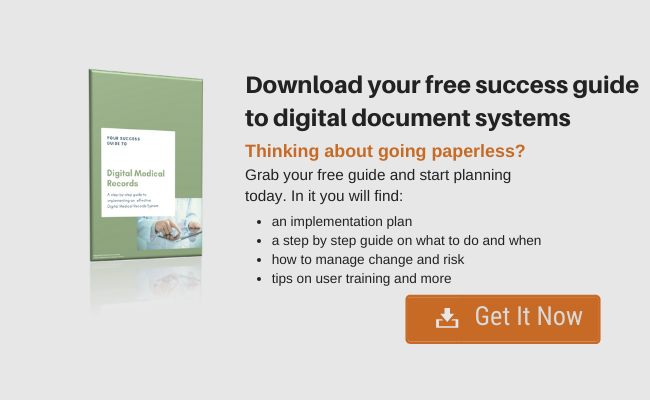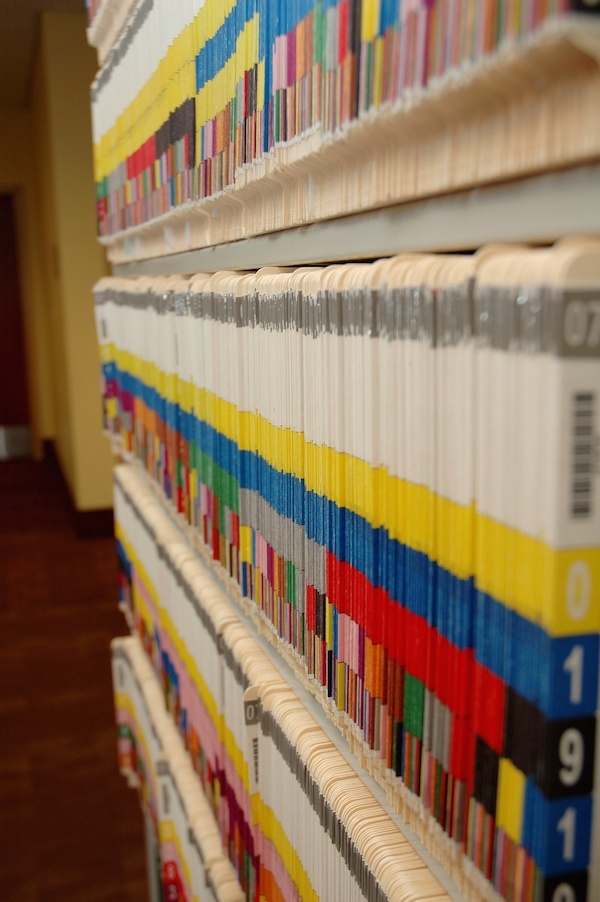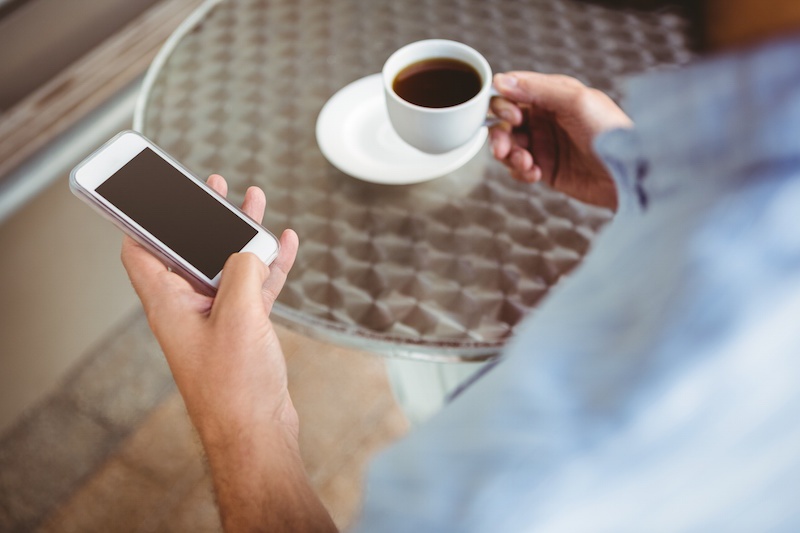Digital Patient Rounding Solutions: the pros and cons
 Doctors, nurses and care givers having been doing medical rounds since time began.
Doctors, nurses and care givers having been doing medical rounds since time began.
Segen’s Medical dictionary defines rounds as:
‘Bedside visits by a physician—or other health professional—to evaluate treatment, assess current course and document the patient’s progress or recuperation’
(from: Segen's Medical Dictionary. © 2012 Farlex, Inc. All rights reserved.)
The concept of hourly patient rounding however is a reasonably new concept offering many new benefits such as better care and higher patient satisfaction.
For example, a report on the implementation of rounding in NSW Health hospitals in 2011 found that:
- fall rates fell by 15% over a 12 month period
- Pressure ulcer point prevalence reduced by 40%
- Compliments increased by 10%
- 40% reduction in the use of bedside call bells
Hourly patient rounding is a proactive, patient-centred approach used to determine the needs of the patient. It involves asking the patient a number of questions every hour.
Typically this is done by filling out a paper questionnaire located at the foot of the bed or on a white board positioned in view of the patient.
While these methods are useful, they don’t allow for easy collation of data. Therefore it would make sense to include the rounding results by way of digital input. This would simplify and speed up the collation and reporting of data. Being in a digital format also facilitates true team collaboration regardless of their physical whereabouts, leading to improved allround monitoring of the patient's condition.
Mobile Technology for Patient Rounding Efficiency
Increasingly we are seeing mobile rounding applications appear in the market that run on a variety of popular mobile platforms. There are however a number of drawbacks associated with these type of rounding applications. These include:
- Yet another application you’re going to have to use alongside the ones used to monitor medication, vitals, treatment and other patient details (patients chart)
- Time involved in learning another new (potentially complex) application
- More bells and whistles than you actually need
- The data is housed on servers that are external to your health facility
- Applications are rarely designed for local Australian practices
- Applications may run only on one type of device (ie iPad only)
Health Care facilities must be able to design the rounding process and questionnaire around regional or state government goals or initiatives. An example of this is the ‘Remember the 5 P’s’ (Pain, Position, Possessions, Pan, Plugs) campaign adopted in the NSW Health implementation. To do this you need to have the ability to create your own questionnaire within the rounding applications. This often means that you will have to navigate through a complex menu system that contains options that aren't relevant to you. This can make the process unwieldy and inefficient.
Technology must reflect your current rounding practices and forms
For mobile rounding to be a viable option you need to have the ability to maintain your existing work processes and just add another form to your existing patient chart documents. If you’re using a digital medical records system that allows you to digitise paper documents, you can create the rounding forms in Microsoft Word and import them straight into the mobile rounding app.
Moreover digital medical records systems that run in a web browser give the user a great deal of flexibility. Being browser based means you can access and run the technology on any portable device (iPad, Iphone, Android, Windows, SurfacePro etc) with an internet connection. Not only that, you can write directly on the form and not have to type at all. Just as you would if it was still paper. You can also customise your documents to use check and tick boxes and user customisable drop down lists, to make them even easier to use.
Because it's digital, you can analyse the results of your work. Reporting such as:
- Adherence to rounding
- Number of falls
- Number of patient complaints
- Number of hospital acquired pressure ulcers
- Number of call bells per hour
- Patient experience audit (conducted by volunteers with training to administer the audit)
- Patient feedback
This is just a small sample of what you can report on because you have ultimate control over the type of data you collect through your questionnaire forms. You design the forms with questions that you want answers to and it’s easy to modify your forms or ad extra ones.
Mobile Digital Patient Rounding
Patient rounding has many benefits:
- fewer falls
- fewer bed sores
- fewer calls per hour
- better carer/patient interaction and relationships
- insight into valuable data which helps to further improve staff /patient experiences and hospital performance.
If you are considering going digital, it’s essential to consider what a system offers in terms of user configuration, form design and flexibility. Device independent solutions give you the greatest flexibility as you’re not tied into any one platform.
Most of all the technology needs to reflect your current rounding processes. If it’s too hard to use, your team will resist it or won’t use it properly which ultimately means your investment has not been worth it.



